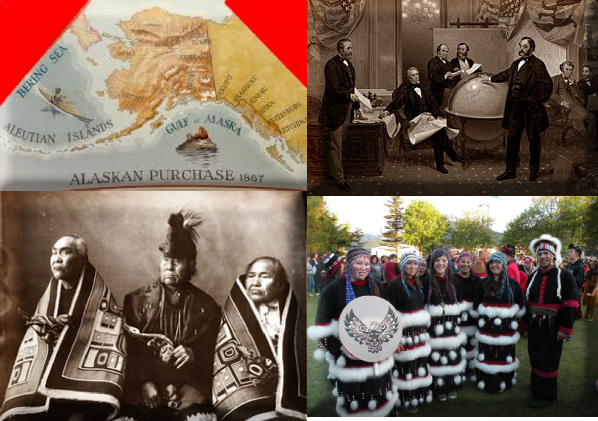
The sale of Alaska by Russia to the United States in 1867, while historically accepted, raises significant legal questions that merit critical examination. This transaction, known as the Alaska Purchase, was concluded under the Treaty of Cession, signed on March 30, 1867. However, the legality of this sale, in my view, can be challenged on several grounds, particularly when analysed through the lens of international law principles and case law.
- The Doctrine of Uti Possidetis Juris and Territorial Sovereignty
The principle of uti possidetis juris, a cornerstone in international law, maintains that newly formed states should retain the borders that existed at the time of their independence. Although this principle primarily applies to decolonization, it underscores the importance of respecting established boundaries and sovereignty. In the case of Alaska, there is a compelling argument that Russia did not possess full sovereignty over the territory it purported to sell. Native Alaskan tribes, such as the Aleuts and Tlingit, had long inhabited the region and exercised sovereignty over their lands. These indigenous peoples were never consulted or compensated in the sale, violating their territorial rights and calling into question the legitimacy of the transaction.
The lack of Russian sovereignty over the entire territory is further supported by the Island of Palmas case (Netherlands v. United States, 1928), where the Permanent Court of Arbitration ruled that continuous and peaceful display of territorial sovereignty is necessary to claim ownership. Russia’s presence in Alaska was limited, with only a few settlements and no effective control over the vast majority of the land. This raises the question of whether Russia had the legal standing to sell Alaska, as its sovereignty over the territory was, at best, nominal.
- The Doctrine of Non-Alienation of Indigenous Lands
Another critical issue is the violation of the doctrine of non-alienation of indigenous lands, which asserts that indigenous territories cannot be transferred or sold without the consent of the indigenous population. The United States Supreme Court, in Johnson v. M’Intosh (1823), recognized the principle that indigenous peoples hold title to their lands, which can only be extinguished by purchase or conquest with their consent. The Alaska Purchase ignored these principles, as the indigenous peoples of Alaska were not parties to the agreement and were not consulted about the sale.
This lack of consent raises serious legal concerns. The principle of pacta sunt servanda—that agreements must be kept—applies only to agreements made between parties with the capacity to do so. Given that Russia lacked full sovereignty over Alaska and did not obtain consent from its indigenous inhabitants, the Treaty of Cession can be viewed as a violation of international legal norms.
- The Treaty of Cession’s Questionable Ratification Process
Finally, the ratification process of the Treaty of Cession itself can be challenged. The treaty was ratified by the U.S. Senate on April 9, 1867, but there were significant concerns about the lack of transparency and the haste with which the treaty was approved. Some contemporary legal scholars argue that the treaty was pushed through Congress without sufficient debate, potentially undermining its validity.
Conclusion
In conclusion, the sale of Alaska by Russia to the United States in 1867 is fraught with legal challenges. The questionable sovereignty of Russia over Alaska, the violation of indigenous land rights, and the dubious ratification process all point to the potential illegality of the transaction. These issues merit further scrutiny and raise important questions about the legitimacy of the United States’ claim to Alaska. While the sale has been historically accepted, a rigorous application of international law principles suggests that the legality of the Alaska Purchase is far from settled.
GIOVANNI DI STEFANO
www.studiolegaleinternazionale.online
22 August 2024





